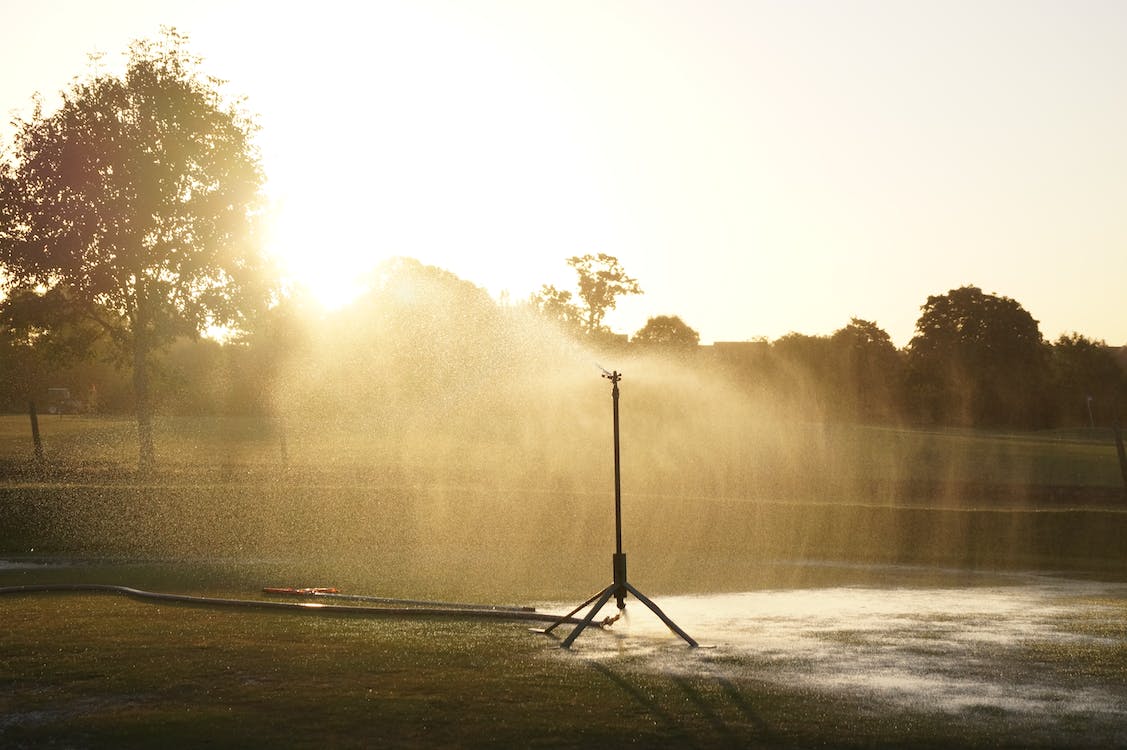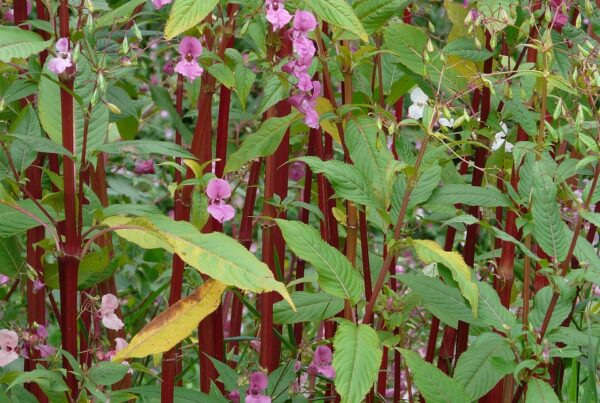Pyracantha When to Plant: A Friendly Guide to Cultivating Natures Fiery Beauty
Are you mesmerized by the brilliant and fiery beauty of the pyracantha?
This remarkable shrub, adorned with clusters of brilliant berries and thorny branches, is a real sight in any garden.
If you can’t wait to add this beautiful plant to your landscape, you may be wondering when is the perfect time to plant pyracantha. Fear not, fellow gardeners, because we have all the friendly advice you need!
Pyracantha, commonly known as fire thorn, is a versatile and hardy plant that can grow in a wide variety of climates and conditions.
However, to get your pyracantha off to the best possible start, choosing the right time to plant is essential.
Let’s dive into the details!
Spring awakening:
One of the optimal times to plant pyracantha is in the spring, when the world awakens from hibernation.
As temperatures warm and freezing nights become a distant memory, your pyracantha can easily settle into its new home.
Planting in the spring allows the roots to take root before the intense summer heat arrives, ensuring the best chance of success.
Happy Autumn Sweet:
On the other hand, if spring brings with it a whirlwind of gardening adventures, fear not!
Autumn is also a favorable time to plant pyracantha.
Mild temperatures and moist soil conditions during this season create the ideal environment for root growth before winter begins.
By choosing fall, you’ve allowed your shrub to establish a strong foundation, ready to bloom with colorful berries the following year.
Avoid extremes:
Although pyracanthas are hardy, it is best to avoid growing them in the height of summer or the depths of winter.
Extreme heat can stress the plant, while freezing temperatures can hinder plant growth.
By avoiding these extremes, you’re giving your pyracantha a chance to settle in comfortably, adapting to its environment without unnecessary effort.
Remember that growing pyracantha is not just about timing; It is also important to choose a suitable location.
Pyracantha thrives in well-drained soil and prefers full sun to partial shade.
Take the time to properly prepare the soil by removing weeds or debris and enriching with organic matter.
This will provide the perfect base for your honeysuckle to thrive.
As you embark on your pyracantha growing journey, remember that every garden is unique.
Local climatic conditions, microclimates and even specific pyracantha varieties can affect the optimal planting time.
Consulting with local horticultural professionals or experienced gardeners in your area can provide valuable information tailored to your particular location.
Overall, the ideal time to plant your pyracantha is during the youthful spring months or Autumn.
By avoiding extremes and providing the right growing conditions, you can set the stage for your pyracantha needles to flourish with vibrant berries and outstanding beauty.
So fellow gardeners, whether you choose to plant pyracanthas in the spring or in the autumn get ready to watch your garden transform into a fiery spectacle that will leave your neighbors in awe.

Now you’ve found out when to plant, lets look at where you should plant your pyracantha.
Let’s take a look at a few things too look at before you plant your shrub.
sunlight:
Pyracanthas thrive in places that receive full sun to partial shade.
Try to find a location that receives at least six hours of direct sunlight each day.
This will ensure that your pyracantha thrives and produces the wonderful variety of berries for which it is famous.
However, if you live in an area with hot summers, providing shade during the hottest part of the day can prevent stress and help maintain vitality.
Soil quality:
Pyracanthas are adaptable to all types of soil, but they prefer well-drained, slightly acidic to neutral soil.
Avoid areas with heavy clay soil or prone to waterlogging, as too much moisture can lead to root rot.
If your soil is heavy or poorly drained, consider improving the soil with organic matter such as compost to improve structure and drainage.
Airflow:
Firethorns appreciate good air circulation to prevent fungal growth and promote healthy growth.
When choosing a site, avoid growing your pyracantha in tight spaces or against a wall or fence where air circulation can be limited.
Providing enough space around the plant will allow good air circulation, reduce the risk of disease and ensure its overall health.
Landscape review:
Pyracanthas are versatile shrubs that can be used in a variety of landscape environments.
They make great hedges or protective plants, adding privacy and beauty to your garden.
They can also be trained to push against walls or trellises, adding vertical interest to your outdoor space.
In addition, pyracanthas are ideal for attracting birds and wildlife with their bunches of berries, so planting them near a feeder or birdbath can make an interesting natural refuge.

Watch out for thorns:
An important aspect to keep in mind when choosing a planting site is the thorny nature of pyracanthas.
While their spikes deter unwanted intruders, they can make maintenance and pruning difficult.
Consider growing pyracantha away from high-traffic areas or play areas where thorns can pose a risk.
By doing so, you can enjoy the beauty of pyracantha without any worries.
Remember that every garden is unique and the specific conditions in your landscape can affect where you ultimately decide to plant the shrub.
Take the time to observe your outdoor space, paying attention to sunlight patterns, soil conditions, and the overall aesthetic of your garden.
In a nutshell, finding the perfect spot to plant pyracantha requires consideration of factors such as sunlight, soil quality, and air circulation.
So, with a little planning and a little creativity, you’re now equipped to find the perfect home for your pyracanthas. Get ready to enjoy the fiery beauty and exciting presence of wildlife this remarkable shrub brings to your outdoor sanctuary.




